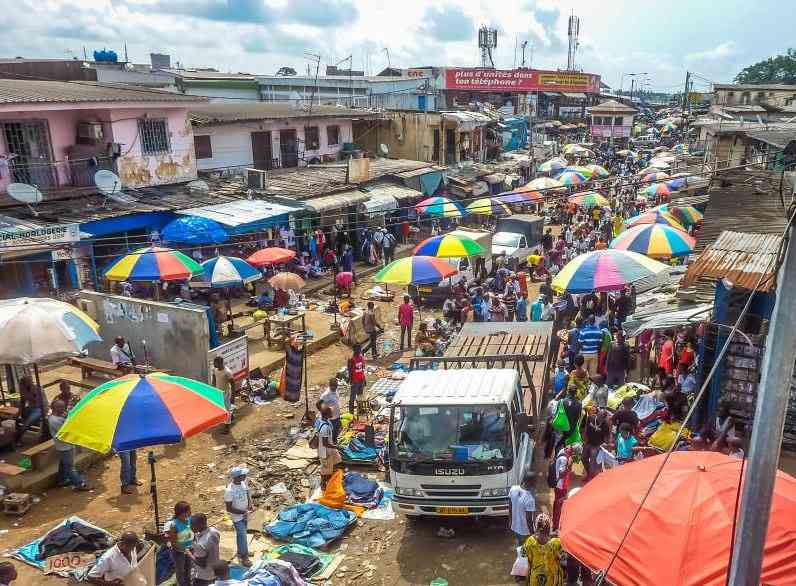By KIBUI BUTT
As Kenya gears towards 2030 and the grand development plans slowly unfold, a huge vacuum has grown between the rich and the majority who live below the poverty line.
Low and middle-income housing has been discussed extensively and despite all the attention in the media, not much has come of this. The question we should be asking ourselves is: What defines low and middle-income families and what can they really afford?
If you took a couple who both have jobs in the formal sector and assumed that they grossed about Sh90,000 a month, then you could probably say this is a lower middle class family. Their net income would be about Sh70,000, but once you subtract other expenses, they probably have about Sh25,000 to spare on housing.
If they applied for a mortgage at the interest rate of 18 per cent on a ten-year term, then they would be able to afford a mortgage of about Sh1.4 million. Unfortunately, there aren’t any low-income housing programmes or builders who can facilitate the mass production and sale of units at that price (even if we assumed the family could put up 20 per cent).
Many Kenyans are living in rental units and have no hope of ever owning a home. There is a dire need for substantial development outside Nairobi.
A quick glance across the city and surrounding areas shows that the cheapest listings in developments are going for Sh3 million to Sh4 million. Based on those figures, buyers would have to shoulder a monthly obligation of over Sh70,000. That is quite a lot of money to spend every month for the privilege of living in one’s ‘own space’.
In the last three months, we have seen mortgage payments balloon to over 50 per cent because of the increases in the base lending rate and the trickle-down effect. It seems the only option available for most middle class families is to buy a piece of land, finish paying that out and then use the equity in the land (which will have appreciated) to secure financing for a construction loan.
In the UK, some parts of the eastern United States and most of South East Asia, the governments and private enterprises saw ‘tower block’ housing as a means to solve the dire need for living space.
Tower block housing refers to high-rise apartments (typically over 20 floors). And unlike most huge luxury apartments in Kenya, these tower block apartments range in sizes from 37 square metres for singles to 65 square metres for two-unit apartments. Each floor can accommodate up to 20 families.
Kibera and Kawangware slums are prime areas that could be used to alleviate the need for high density housing in Nairobi.
If private companies were to partner with the Government to facilitate the construction of what would effectively be the first example of middle-income housing in Kenya, then we could see some traction in providing a template that can be replicated for high density population zones. What’s more, there would be enough space to open up a sewer treatment and water recycling plant.
The author is a mortgage banker.
 The Standard Group Plc is a
multi-media organization with investments in media platforms spanning newspaper
print operations, television, radio broadcasting, digital and online services. The
Standard Group is recognized as a leading multi-media house in Kenya with a key
influence in matters of national and international interest.
The Standard Group Plc is a
multi-media organization with investments in media platforms spanning newspaper
print operations, television, radio broadcasting, digital and online services. The
Standard Group is recognized as a leading multi-media house in Kenya with a key
influence in matters of national and international interest.
 The Standard Group Plc is a
multi-media organization with investments in media platforms spanning newspaper
print operations, television, radio broadcasting, digital and online services. The
Standard Group is recognized as a leading multi-media house in Kenya with a key
influence in matters of national and international interest.
The Standard Group Plc is a
multi-media organization with investments in media platforms spanning newspaper
print operations, television, radio broadcasting, digital and online services. The
Standard Group is recognized as a leading multi-media house in Kenya with a key
influence in matters of national and international interest.






